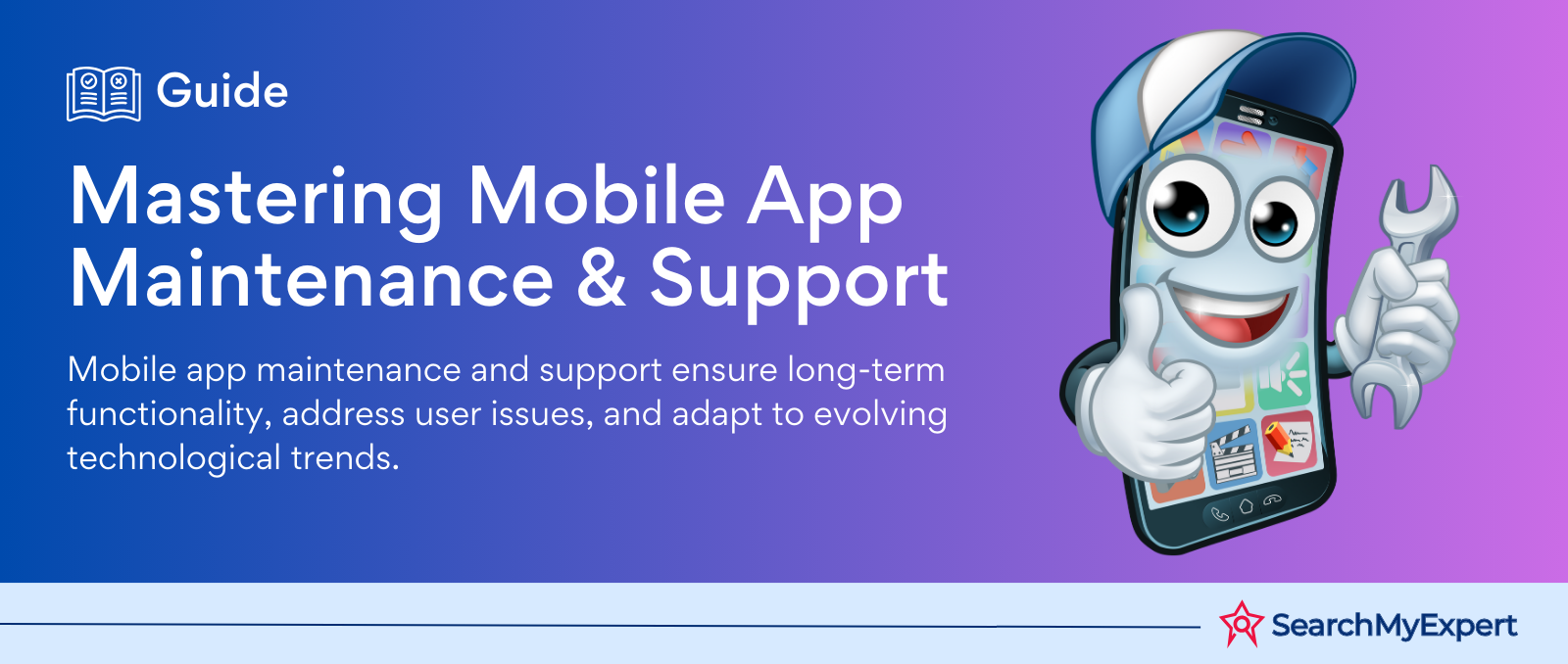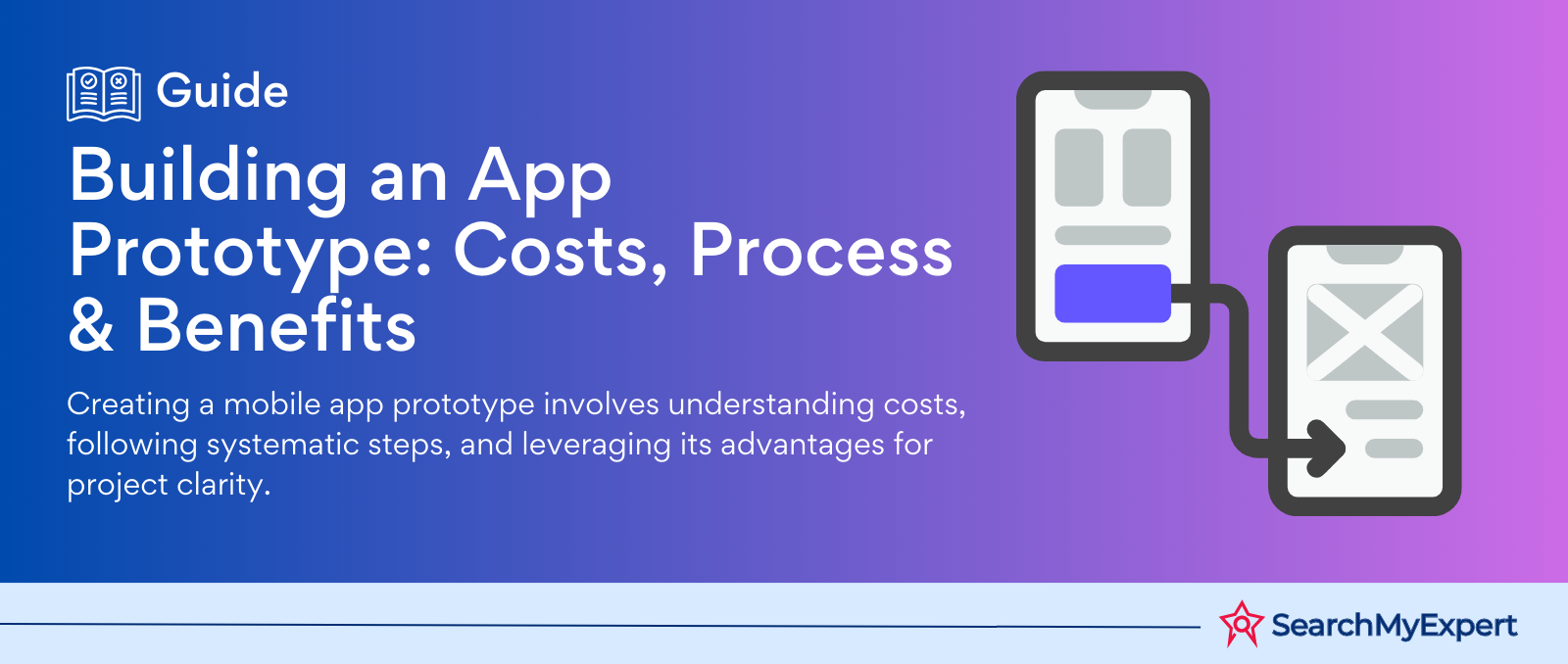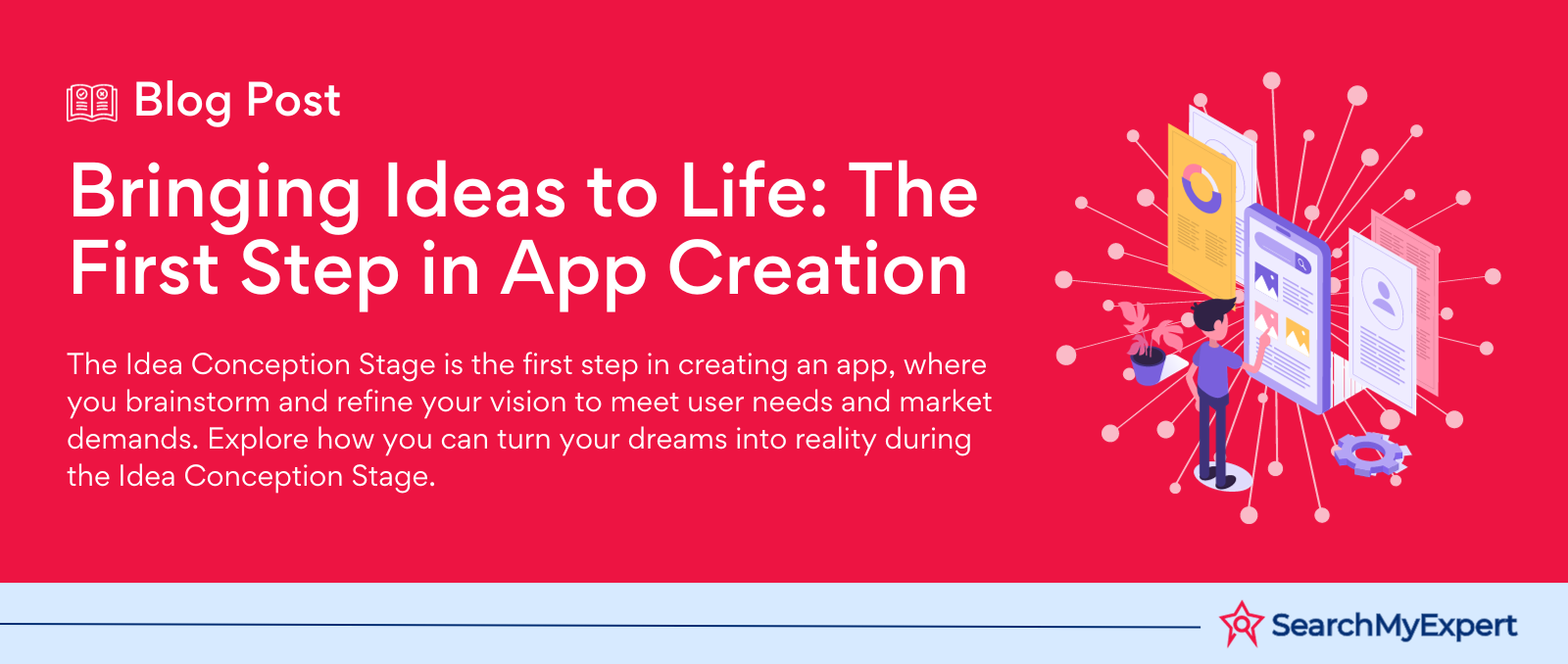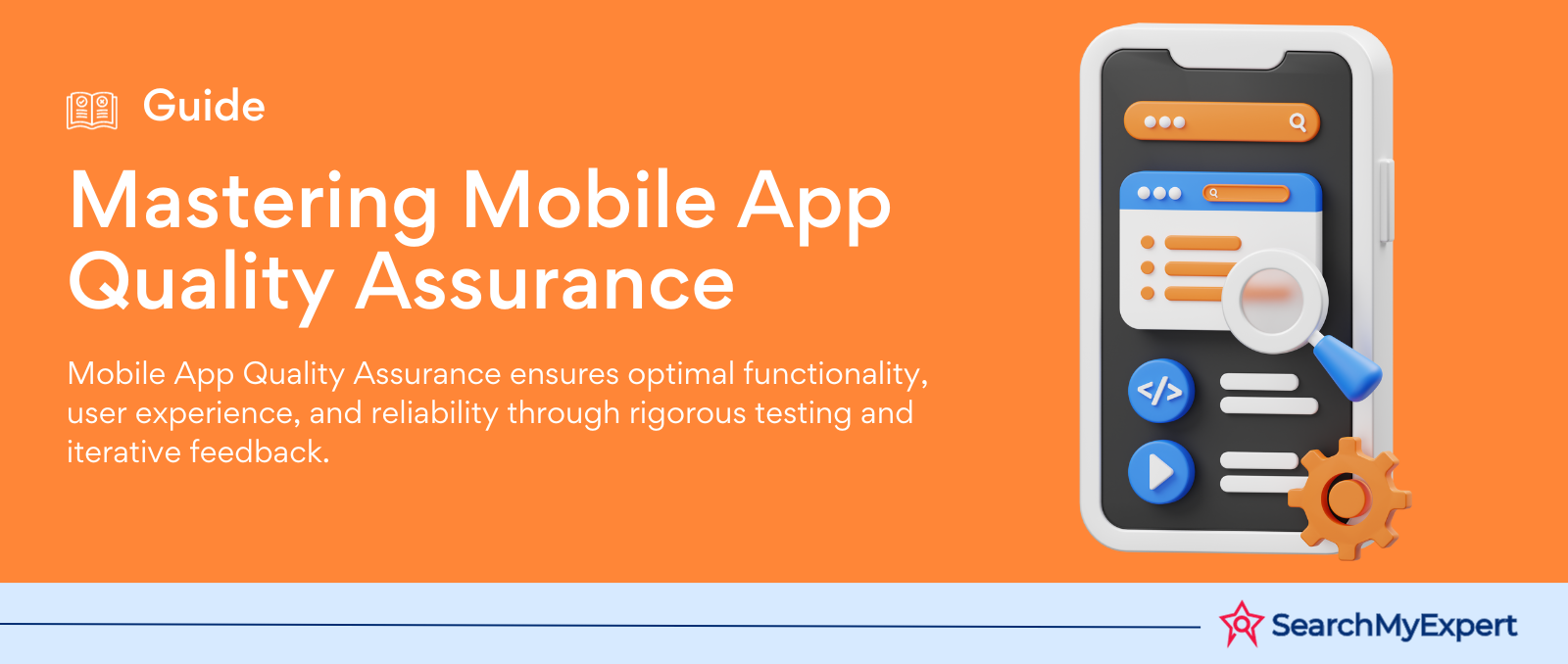Adapting to Software Testing's Future: Success Factors
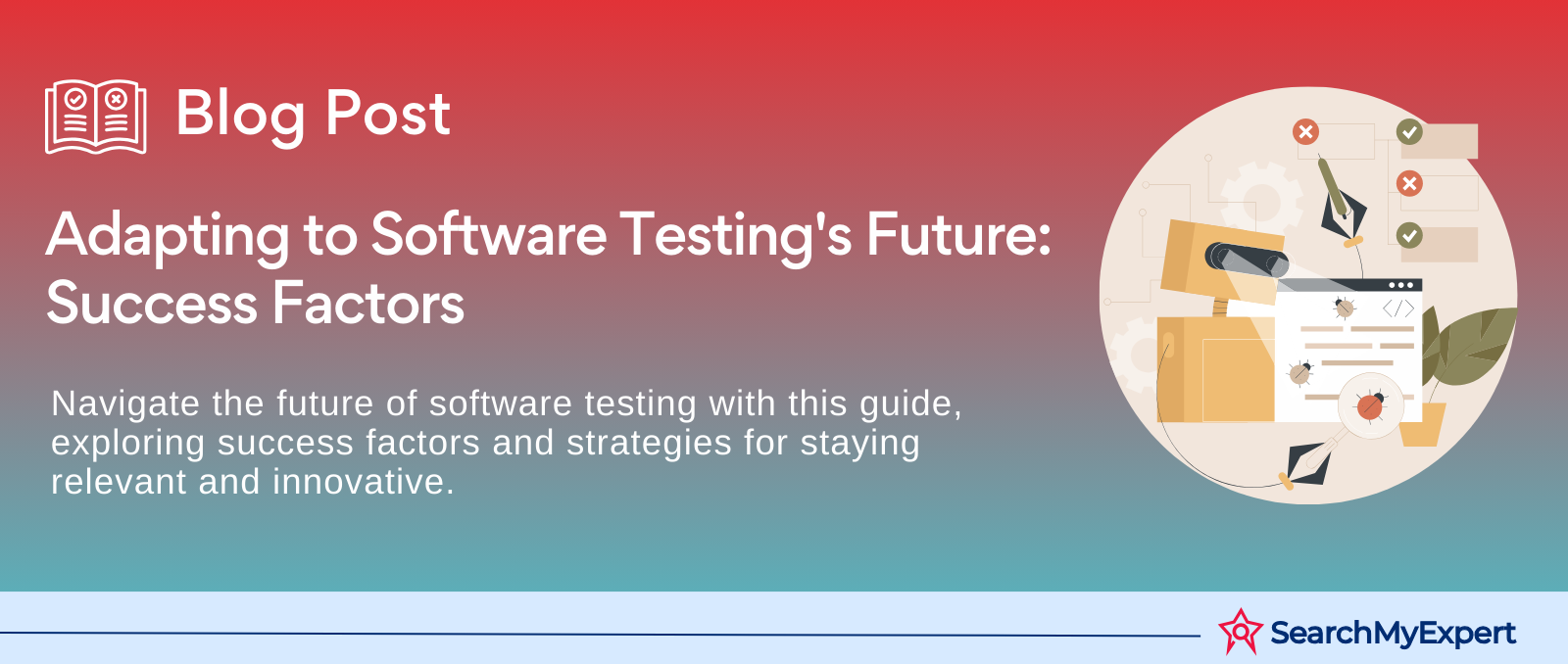
Recognizing the Landscape
Software testing plays an essential role in the software development lifecycle, serving as a critical quality assurance measure that ensures software products meet their intended specifications and are free from defects. This process is not only about identifying bugs before a product reaches the end user but also about verifying that the software functions as expected under various conditions, thus guaranteeing quality, reliability, and user satisfaction. By rigorously evaluating both functional and non-functional aspects of a product, software testing aims to improve the software's quality, enhance performance, and ensure security, directly impacting user satisfaction and trust in the product.
Several common themes emerge in the context of modern software testing, each reflecting the challenges and constraints faced by testing teams:
- Speed: In today's fast-paced development environments, where time-to-market is a critical competitive advantage, testing must be both thorough and efficient. The demand for speed requires testing processes to be streamlined and often automated, allowing for rapid iteration without compromising on quality.
- Complexity: Modern software systems are increasingly complex, integrating with multiple systems and operating across diverse platforms and environments. This complexity adds layers of difficulty to the testing process, requiring sophisticated testing strategies and tools to ensure comprehensive coverage.
- Resource Constraints: Despite the critical importance of testing, it often must be conducted within tight budgetary and resource constraints. Balancing the need for thorough testing with available resources is a constant challenge, necessitating efficient use of testing tools, prioritization of test cases, and sometimes innovative approaches to maximize impact with limited inputs.
- Changing Requirements: Agile and DevOps methodologies have emphasized the need for flexibility in software development, where requirements can evolve rapidly. This dynamic environment challenges testers to remain adaptable, ensuring that tests are relevant and aligned with current requirements, even as they change throughout the development cycle.
- These themes underscore the necessity for testing teams to be agile, skilled, and equipped with a deep understanding of both the technologies they are testing and the methodologies they employ. As software continues to evolve, so too will the strategies and tools needed to ensure its quality, emphasizing the critical role of software testing in the creation of reliable, high-quality software that meets the demands of users and businesses alike.
Tackling Incomplete or Evolving Requirements
Incomplete or evolving requirements are among the most significant challenges in software development, often leading to rework, missed defects, and ultimately, products that fail to meet user needs or business goals. This struggle stems from various factors, including communication gaps between stakeholders, evolving market demands, and the inherent complexity of modern software projects. The impact of unclear or shifting requirements can be profound, causing delays, increasing costs, and compromising product quality.
Solutions to Tackle Incomplete or Evolving Requirements
- Collaborative Requirement Gathering: One effective approach to mitigate the issue of unclear requirements is to adopt a collaborative requirement gathering process. This involves all stakeholders, including developers, testers, business analysts, and end-users, in the requirement definition phase. Such collaboration ensures a shared understanding of the project goals and requirements from the outset, reducing the likelihood of misinterpretation and subsequent rework.
- Early Testing Involvement: Integrating the testing team early in the development process, even during the requirements gathering and design phases, can significantly reduce the risk of requirements-related issues. Early involvement allows testers to identify potential ambiguities or conflicts in requirements before development begins, enabling corrections at a stage when they are less costly to address. It also facilitates the creation of more effective test plans and cases that are aligned with the project's objectives from the start.
- Agile Approaches: Agile methodologies offer a flexible and iterative approach to software development, which is particularly well-suited to managing evolving requirements. By breaking down the project into smaller, manageable increments and involving frequent stakeholder feedback, agile practices allow for adjustments to be made more easily and efficiently. This responsiveness to change helps minimize rework and ensures that the final product more closely aligns with user needs and expectations.
Tools for Enhancing Requirement Clarity and Traceability
- Requirements Documentation Tools: Tools like Atlassian Confluence, Microsoft Azure DevOps, and IBM Rational DOORS provide robust platforms for documenting, managing, and sharing requirements. These tools support collaborative editing, versioning, and the organization of requirements into easily navigable structures, helping teams maintain a clear and consistent understanding of project goals.
- Version Control Systems: Version control systems like Git, SVN, and Mercurial play a critical role in managing changes to requirements documentation, code, and other project artifacts. They allow teams to track revisions, revert changes, and understand the evolution of requirements over time, providing a historical context that can be invaluable in addressing issues and planning future developments.
- Traceability Tools: Traceability tools are essential for linking requirements to their corresponding test cases and implementation components. Tools such as Traceability Matrix in Excel, ReQtest, and Jama Connect enable teams to ensure that all requirements are accounted for and tested, facilitating the identification of gaps in the testing process and ensuring that changes in requirements are reflected in both development and testing efforts.
Conquering Time Constraints and Prioritization
Conquering time constraints while ensuring thorough testing coverage is a formidable challenge in the fast-paced world of software development. The pressure to deliver quickly often comes at the expense of comprehensive testing, potentially compromising the quality of the final product. However, with strategic approaches and the adoption of modern testing methodologies, it's possible to achieve both speed and quality.
Risk-Based Testing
Risk-based testing is a strategic approach that prioritizes testing efforts based on the potential risk of failure and its impact on the project or business. By identifying the most critical areas of the application in terms of functionality, user impact, and likelihood of failure, teams can allocate their limited testing resources more effectively. This method ensures that the most crucial parts of the application are thoroughly tested, while less critical areas receive proportionately less attention, optimizing the overall testing effort under tight deadlines.
Test Selection Techniques
Test selection techniques, such as test case prioritization and minimization, help teams focus on the tests that are most likely to detect defects. Prioritization involves ordering test cases so that those with the highest importance or likelihood of finding bugs are executed first. Minimization seeks to reduce the number of test cases to a necessary subset, eliminating redundancies without sacrificing coverage. These techniques are particularly useful in time-constrained environments, allowing teams to achieve efficient and effective testing coverage.
Automation for Efficiency
Test automation is a key enabler of efficiency in the testing process. By automating repetitive and time-consuming tests, teams can significantly reduce the time required for test execution. Automation is particularly effective for regression testing, where the same tests need to be run repeatedly against successive versions of the software. Automated tests can be executed faster and more frequently than manual tests, providing quicker feedback and freeing up human testers to focus on more complex and exploratory testing tasks.
Continuous Integration and Continuous Testing (CI/CT)
Continuous Integration (CI) and Continuous Testing (CT) are practices that integrate testing seamlessly into the software development process, providing early and frequent feedback on the quality of the code. CI involves automatically building and testing code changes as soon as they are committed to the version control repository. This allows teams to detect and fix integration issues early, reducing the risk of last-minute surprises.
CT extends this concept by ensuring that automated tests are run as part of the CI pipeline, allowing for constant validation of the quality of the application with every change. This practice not only accelerates the feedback loop but also ensures that testing is an integral part of the development process, rather than a phase that occurs after development is complete.
Leveraging CI/CT for Early Feedback
Implementing CI/CT requires a robust automation infrastructure and a culture that values testing and quality. Key components include:
- Automated Build and Test Tools: Tools like Jenkins, Travis CI, GitLab CI, and CircleCI automate the process of building the application and running tests, providing immediate feedback on the success or failure of each change.
- Test Automation Frameworks: Frameworks such as Selenium, Appium, and JUnit support the development of automated test scripts that can be integrated into the CI/CT pipeline.
- Monitoring and Reporting Tools: Tools that monitor the CI/CT pipeline and provide detailed reports on test outcomes help teams quickly identify and address issues.
Navigating Complex Architectures and Legacy Systems
Testing in environments characterized by complex architectures, including microservices and APIs, as well as dealing with legacy systems, presents a unique set of challenges. These challenges stem from the intricacy of interactions within the system, the dependency on external services, and the difficulties inherent in ensuring backward compatibility while integrating with modern technologies.
Challenges in Complex Architectures and Legacy Systems
- Intricate Interactions: Systems built on microservices architecture involve numerous, independently deployable services. Testing these systems requires an understanding of how these services interact and the potential failure points within those interactions.
- Dependency on External Services: Testing environments often rely on external APIs or services that may not be available or stable during testing phases, complicating the testing process.
- Integrating Legacy Systems: Legacy systems often form the backbone of critical business operations. Integrating and testing new features with these systems without disrupting existing functionality is a significant challenge.
Tools and Approaches for Effective Testing
- API Testing Tools: Tools like Postman, Swagger, and SoapUI are designed for API testing, allowing testers to create, manage, and execute automated tests for REST and SOAP APIs. These tools provide a user-friendly interface for sending requests to the API, inspecting the response, and validating the system's behavior against expected outcomes.
- Mocking and Service Virtualization: When external services or APIs are unavailable for testing, mocking tools and service virtualization can simulate their behavior. Tools like WireMock, Mockito, and ServiceV Pro allow developers and testers to create mock services that mimic the responses of real systems. This enables testing to proceed without the need for actual dependencies to be available.
- Contract Testing: In microservices architectures, contract testing is crucial for ensuring that interactions between services meet agreed-upon specifications. Tools like Pact provide a framework for testing that interactions between consumer and provider services adhere to a shared understanding documented in a "contract". This approach helps identify issues early when they are easier and less costly to fix.
- Exploratory Testing: For complex scenarios that are difficult to cover with automated tests, exploratory testing can be invaluable. This approach involves testers actively exploring the application without predefined test cases, allowing them to uncover issues that automated tests may miss. Exploratory testing relies on the tester's creativity, experience, and intuition to navigate through the application and identify potential problems.
Navigating Complex Testing Scenarios
Effective navigation of testing in complex architectures and legacy systems requires a blend of modern tools and methodologies. Automation plays a key role in achieving efficiency and coverage, but manual and exploratory testing methods remain important for uncovering issues that automated tests might not detect. The combination of API testing tools, mocking and service virtualization, contract testing, and exploratory testing approaches allows teams to tackle the challenges posed by complex systems and legacy integrations comprehensively.
Overcoming Test Data Management Hurdles
Overcoming test data management hurdles is crucial for effective software testing, especially as the demand for realistic and high-quality test data grows. The difficulties in acquiring, creating, and managing test data stem from the need for data that accurately reflects production environments, while also adhering to legal and ethical standards regarding privacy and security.
Difficulties in Test Data Management
- Acquiring Realistic Data: Finding data that closely mimics real-world scenarios can be challenging, especially for complex systems or when dealing with sensitive information.
- Creating Test Data: Manually creating test data that covers all possible test scenarios is time-consuming and often impractical.
- Managing Data: Ensuring that test data remains up-to-date with changing application requirements and data schemas requires ongoing effort.
- Data Privacy and Compliance: With regulations such as GDPR and HIPAA, managing test data must involve strict adherence to data privacy laws and standards, complicating the use of real user data for testing purposes.
Solutions for Test Data Management
- Test Data Generation Tools: Tools like Faker, TestDataGenerator, and Databene Benerator help generate synthetic data that mimics real-world data without using actual sensitive information. These tools can create data in various formats and structures, enabling testers to generate realistic and diverse datasets for comprehensive testing.
- Anonymization Techniques and Data Masking: Anonymization involves altering personal data in a way that the individual cannot be identified. Data masking is a similar process that hides specific data within a dataset. Techniques such as tokenization, encryption, and pseudonymization protect sensitive information while maintaining the usefulness of the data for testing. Tools like Delphix and Informatica offer data masking solutions that help achieve compliance and protect privacy.
- Challenges of Data Privacy and Compliance: Ensuring test data does not breach data privacy laws or compliance requirements is a significant challenge. This involves not only securing the data but also ensuring that the processes for handling, storing, and destroying test data meet stringent legal standards. Test data management strategies must include policies for data minimization, rights to erasure, and data subject consent where applicable.
Best Practices in Test Data Management
- Automate Test Data Creation and Management: Automating the generation, maintenance, and disposal of test data can significantly reduce the effort involved in managing test data and help ensure that data remains relevant and up-to-date.
- Use Service Virtualization: For scenarios where real data is difficult to obtain or use, service virtualization can simulate data and data services, allowing testing to proceed without actual data.
- Implement Robust Data Governance: Establishing a comprehensive data governance framework ensures that test data management practices adhere to privacy laws and compliance requirements, minimizing legal risks and protecting user privacy.
Bridging the Skill Gap and Collaboration Divide
Bridging the skill gap and collaboration divide in software testing is essential for addressing the complex challenges of modern software development. As software systems grow in complexity and the pace of development accelerates, the need for diverse testing skills and effective collaboration across teams becomes increasingly critical. These challenges can be met by fostering a culture of continuous learning, skill-sharing, and cross-functional teamwork.
The Need for Diverse Testing Skills and Collaboration
- Diverse Testing Skills: Today's software testing requires a blend of skills, including technical expertise in automation and performance testing, understanding of software development practices, and soft skills like critical thinking and effective communication. The rapid evolution of technologies and methodologies means testers must continually update their skills to remain effective.
- Collaboration Across Teams: Effective software testing is no longer confined to a single team but requires close collaboration between testers, developers, business analysts, and other stakeholders. This collaboration ensures that testing strategies align with business goals and that issues are identified and addressed early in the development lifecycle.
Solutions for Enhancing Skills and Collaboration
- Training Programs: Investing in training programs that offer both foundational knowledge and advanced skills in emerging areas (such as automation tools, cloud technologies, and cybersecurity) can help testers stay ahead of the curve. Online platforms like Coursera, Udemy, and Pluralsight offer courses tailored to these needs.
- Skill-Sharing Initiatives: Creating opportunities for skill-sharing within and between teams can foster a culture of continuous learning. Initiatives like internal workshops, mentoring programs, and 'lunch and learn' sessions encourage knowledge exchange and help bridge the skill gap.
- Cross-Functional Testing Practices: Encouraging testers to participate in all stages of the software development lifecycle and integrating developers into the testing process can enhance understanding and cooperation across teams. Practices such as pair programming and involving testers in sprint planning meetings can facilitate this integration.
Tools for Communication, Collaboration, and Knowledge Management
- Communication and Collaboration Tools: Platforms like Slack, Microsoft Teams, and Zoom facilitate real-time communication and collaboration among distributed teams, making it easier to share insights, discuss challenges, and coordinate testing efforts.
- Project Management Tools: Tools such as Jira, Trello, and Asana help manage testing tasks, track progress, and ensure transparency across teams, enabling better planning and coordination of testing activities.
- Knowledge Management Systems: Systems like Confluence or SharePoint can serve as centralized repositories for testing documentation, best practices, and lessons learned, making it easier for team members to access and share knowledge.
Embracing New Testing Paradigms and Technologies
Embracing new testing paradigms and technologies is crucial for staying competitive in the rapidly evolving field of software testing. Emerging trends like AI-powered testing, performance engineering, and security testing are reshaping the landscape, offering new opportunities to enhance efficiency, coverage, and the overall quality of software. However, adopting these new tools and methodologies also presents challenges, necessitating a culture of continuous learning and experimentation.
Emerging Trends in Software Testing
- AI-Powered Testing: Artificial Intelligence (AI) and Machine Learning (ML) are being increasingly utilized to automate complex testing tasks, from test case generation to defect analysis. AI-powered tools can analyze application data to predict where bugs are most likely to occur, optimize testing processes, and even write and execute tests. This leads to more efficient testing cycles and the ability to identify issues that might be missed by human testers.
- Performance Engineering: Moving beyond traditional performance testing, performance engineering integrates performance considerations throughout the development lifecycle. This holistic approach ensures that performance metrics, such as speed, scalability, and stability, are embedded in the design and development phases, leading to more robust and performant applications.
- Security Testing: With cyber threats becoming more sophisticated, security testing has moved to the forefront. Techniques such as ethical hacking, penetration testing, and security scanning are employed to identify vulnerabilities before they can be exploited by attackers. Security testing is becoming an integral part of the development process, ensuring applications are not just functional but also secure.
Benefits and Challenges of Adopting New Technologies
The adoption of these new testing paradigms offers significant benefits, including improved test accuracy, faster time to market, and enhanced application performance and security. However, challenges such as the need for specialized skills, the potential high costs of new tools, and the integration of these technologies into existing workflows can pose barriers to adoption.
Encouraging Continuous Learning and Experimentation
To successfully navigate these challenges and leverage the benefits of new testing technologies, organizations must foster a culture of continuous learning and experimentation:
- Invest in Training and Development: Provide resources and opportunities for testers to learn about new technologies and methodologies. This could include workshops, online courses, and participation in industry conferences.
- Encourage Experimentation: Create a safe environment for experimentation, allowing teams to try new tools and approaches without the fear of failure. Experimentation is key to understanding how best to implement and benefit from new technologies.
- Promote Collaboration with Innovators: Collaborating with tech startups, academic institutions, and research organizations can provide insights into cutting-edge technologies and how they can be applied to testing.
- Stay Informed: Keep abreast of industry trends and technological advancements. Regularly review and assess new tools and methodologies to determine their potential impact on your testing strategies.
Conclusion
Navigating the complexities of modern software testing demands a multifaceted approach, embracing not only the latest technologies and methodologies but also fostering a culture of collaboration, continuous learning, and adaptability. By addressing the challenges of evolving requirements, complex architectures, and test data management, and by bridging the skill gap through training and cross-functional teamwork, organizations can enhance the efficiency and effectiveness of their testing processes.
Develop flawless applications with Software Testing Service Companies.
share this page if you liked it 😊
Other Related Blogs

Mastering Docker for App Development: A Comprehensive Guide to Benefits, Use-Cases, and Alternatives
STAY UP TO DATE
GET PATH'S LATEST
Receive bi-weekly updates from the SME, and get a heads up on upcoming events.
Contact Us





